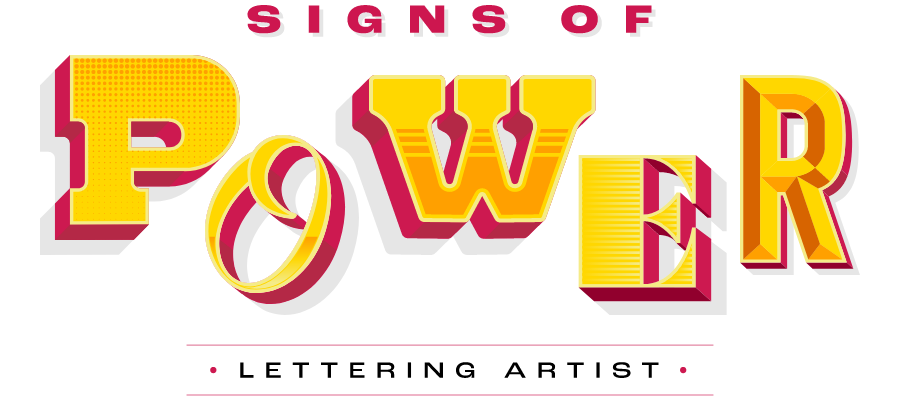Wall Murals Ireland: Exploring Irish Street Art
Introduction:
Wall murals in Ireland are more than just colourful paintings adorning urban landscapes; they are vibrant expressions of Irish culture, history, and societal values. From the bustling streets of Dublin to the quaint villages of the countryside, murals captivate viewers with their diverse themes and artistic styles. This blog delves into the rich tapestry of Irish street art, examining its cultural significance, notable artists, and impact on communities.
Cultural Significance:
Wall murals in Ireland serve as visual narratives, reflecting the country's complex history, cultural heritage, and contemporary issues. They celebrate Irish identity through depictions of national heroes, colloquial phrases and symbols of Irish pride, fostering a sense of belonging among communities. Additionally, murals often address pressing social issues such as homelessness, mental health, and environmental conservation, sparking conversations and inspiring action.
Notable Artists and Styles:
Irish street art is characterised by a diverse range of artists and styles, each contributing to the vibrant tapestry of the country's urban landscapes. Renowned mural artists like Maser, ADW, and Emma Blake have gained international recognition for their bold, thought-provoking murals that challenge societal norms and inspire change. Styles vary from colourful abstract designs to intricate stencil work, showcasing the versatility and creativity of Irish street artists.
Legal and Illegal Street Art:
While some mural art is commissioned and authorised by property owners or local authorities, much of it falls into the realm of unauthorised or illegal graffiti. Despite efforts by city officials to combat illegal graffiti, many artists continue to use the streets as their canvas, often facing legal repercussions for their work.
Street Art Festivals and Events:
Ireland hosts several street art festivals and events throughout the year, providing opportunities for artists to showcase their talents and engage with the community. One such event is the annual 'Waterford Walls' festival in Waterford City, which invites local and international artists to create large-scale murals across the cityscape. Similarly, the 'First Fortnight' festival in Dublin features street art installations and performances that explore themes of mental health and well-being.
Murals Impact on Communities:
Wall murals have a profound impact on communities across Ireland, revitalising urban spaces, fostering cultural pride, and promoting social cohesion. Community-led mural projects engage residents in the artistic process, empowering them to reclaim public spaces and tell their own stories. Moreover, murals often serve as landmarks and tourist attractions, drawing visitors from around the world and contributing to local economies.
Tourism and Cultural Exchange:
Murals have become a draw for tourists seeking to explore the country's vibrant urban landscapes and artistic heritage. Cities like Dublin, Cork, and Waterford offer guided street art tours, providing visitors with insights into the artists, techniques, and stories behind the murals. These tours promote cultural exchange and appreciation, as visitors from diverse backgrounds come together to experience the beauty and creativity of Irish street art.
In conclusion, street art in Dublin and across Ireland serves as a powerful form of expression, enriching the urban landscape and sparking conversations about culture, society, and creativity. Whether commissioned or spontaneous, authorised or illegal, street art continues to captivate audiences and leave its mark on the streets of Dublin and across Ireland.

